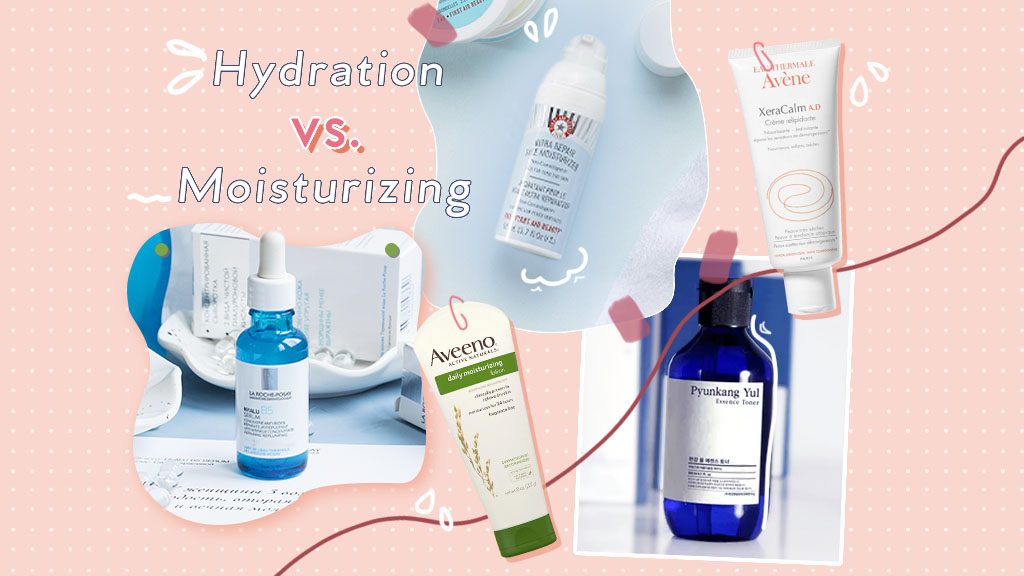
Facing dull, textured, and dehydrated skin? Do you know if it’s from dehydration or lack of moisture? Having moisturized and hydrated skin is not as simple as just finding the right moisturizers.
A lot of times, moisturizing and hydrating can be used interchangeably because they both require one thing: water. It’s important to make sure that your skin is receiving enough water. Keeping your body and skin hydrated prevents dryness, dehydration and premature fine lines. However, hydration and moisturizing also have their own definitions that can help you make better choices on the skincare you need to address your needs.
What is Dehydrated Skin?
When we talk about dehydration or hydration, it’s natural to think about water. When we get thirsty, we need to drink and increase our water content. The same principle applies for our skin. Hydration adds water to the skin which makes the skin cells swell up. This helps to reduce the appearance of fine lines and wrinkles, and make your complexion appear more radiant.
Here’s a fun fact! We tend to think that drinking water will directly help your skin, but in truth, this is a little misunderstood. When water enters our bodies, it passes through the major organs such as the kidneys, bladder, and liver. The water serves as a carrier to flush out the toxins in the body. And with any toxin that’s leaving your body, your skin will become more clear and radiant.
On the other side, when you don’t keep your body hydrated, the water content in your body will decrease. As a result, your skin cells will eventually shrivel and appear dehydrated. This ultimately leads to a duller complexion and even a compromised skin barrier. Normally your skin barrier is what helps to protect your skin from outside pollutants while keeping your insides hydrated.
Best Way to Beat Dehydrated Skin
Serums are topical hydrators that also contain active ingredients to target a specific skin concern. Since your protective skin barrier is compromised and weakened, serums work to repair that damage caused from dehydration and environmental factors. The key takeaway is that when you maintain hydrated skin, you’re improving the skin’s ability to absorb moisture and nutrients.
Moisturizing
The best way to think of moisturizing is that it traps moisture in the skin while simultaneously rebuilding the skin barrier. Since dry skin types naturally lack sebum production unlike their oily skin type counterparts, their skin requires more maintenance in keeping the top layer of skin moisturized.
Moisturizers can come in three different forms: humectants, occlusives, and emollients.
Humectants
Humectants are moisturizers that encourage young cells to emerge to the surface layer while simultaneously pulling moisture from the air and bringing them into your skin.
Occlusives
Moisturizers in the form of occlusives are the thickest of the three. They work to form a barrier that water can’t penetrate through. This helps trap the moisture so that it doesn’t escape into the air.
Emollients
Emollients travel deep into the skin and work to soften, protect, moisturize, and lubricate the skin’s surface. You can think of emollients as conditioners for your skin instead of your hair.
Ingredients to keep your body hydrated & moisturized
Hyaluronic Acid
Also known for its derivative, sodium hyaluronate, hyaluronic acid is a naturally occurring substance that hydrates and maintains moisture levels in the skin. It’s a humectant, which encourages moisture from the air to enter into your skin in order to hydrate. This ingredient is also perfect for times when your skin is facing dehydration.
Ceramides
Just like hyaluronic acid, ceramides are also naturally found in your skin. They are lipids that form your skin barrier and help your skin to retain moisture. You can think of them as the paste that keeps bricks staying in place. For people with dehydrated skin, or even eczema, ceramides work to replenish and restore normal functioning for your skin barrier while preventing water from escaping from your skin, thereby reducing chances of irritation.
AHA (Alpha Hydroxy Acid)
Alpha hydroxy acids are natural chemical exfoliants that work to shed excess dead skin cells while encouraging skin turnover. AHAs can come in different strengths, types, and concentrations. It’s important to make sure you’re using the right AHA for your skin type. To be on the safe side, look for AHAs with large molecular sizes to reduce chances of irritation. AHAs such as lactic acid, mandelic, and malic acids are known to gently buff away dead skin cells. If AHAs are not for you, you can consider investing in PHAs (Polyhydroxy acid), which are safe to use on very sensitive skin. Make sure to follow up with sunscreen in the morning.
There’s also aloe, honey, algae and marine extracts, colloidal oatmeal, shea butter and coconut oil. These ingredients work to calm, hydrate, protect, and soften the surface layers of your skin.
Product Recommendations
For more detailed information on hydrating and moisturizing, check out the full video:
Head over to more information and product recommendations:


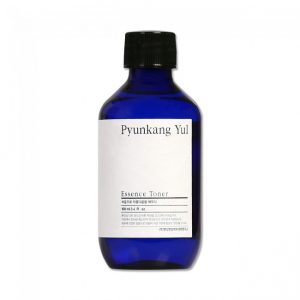
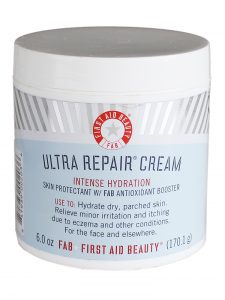
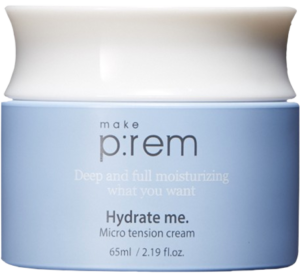

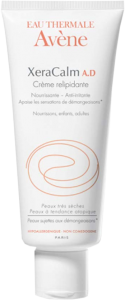

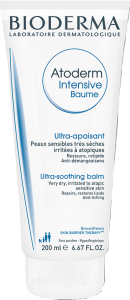
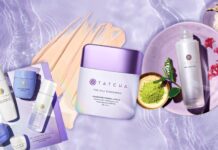
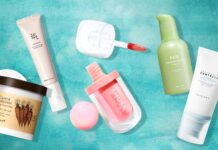
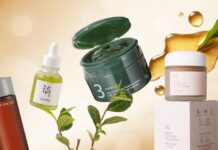
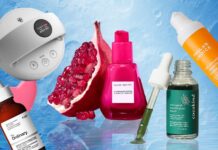

I was wondering if you have tried the new Aveeno Creamy Moisturizing Oil.
Hi Shannon, we haven’t tried the oil yet, we always welcome suggestions to any products you want us to try!